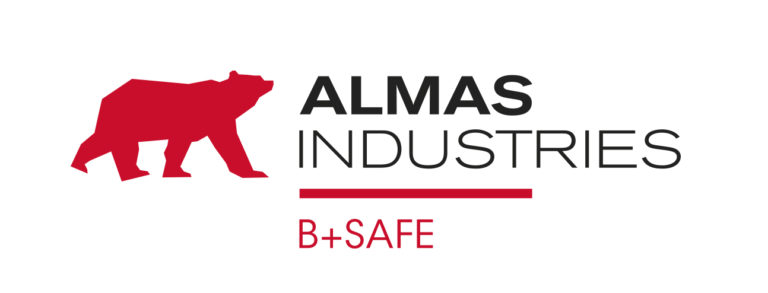The white layer pig sector is a powerful engine for generating employment and maintaining stable employment. In addition, their companies are dynamic agents in the areas in which they are present, since they also promote the creation of indirect and induced employment. The latest data from the Interprofesional del Porcino de Capa Blanca (INTERPORC) show that the sector maintains its high figures and provides work for more than 420,000 people: farmers, veterinarians, transporters, industry and distribution workers, etc.
Of that figure, almost 155,000 correspond to direct jobs; more than 172,000 to indirect jobs; close to 96,000 to induced jobs.
Direct employment in the pig sector, which accounts for almost 12% of all employment generated by agri-food in Spain, is divided between the primary sector (52%); cooperatives and integrating companies (4%); and meat industries (44%).
Dynamization of the rural environment
The high degree of implantation that the white-coated pig sector has in rural areas, both in its livestock, industrial and marketing activities, makes it a great asset for establishing population in these areas due to its ability to generate jobs. fixed.
Specifically, in municipalities with less than 5,000 inhabitants it is 35% of employment in the pig industry. Figures achieved thanks to the presence in these areas of 43% of Spanish pig farms, as well as 45% of its industries.
The director of INTERPORC, Alberto Herranz, highlights “the importance of the employment generated by the sector in rural areas. Many small municipalities of the so-called ‘Empty Spain’ are maintained thanks to the jobs generated by pigs, which thus become a focus of wealth and structuring of the territory”.
















